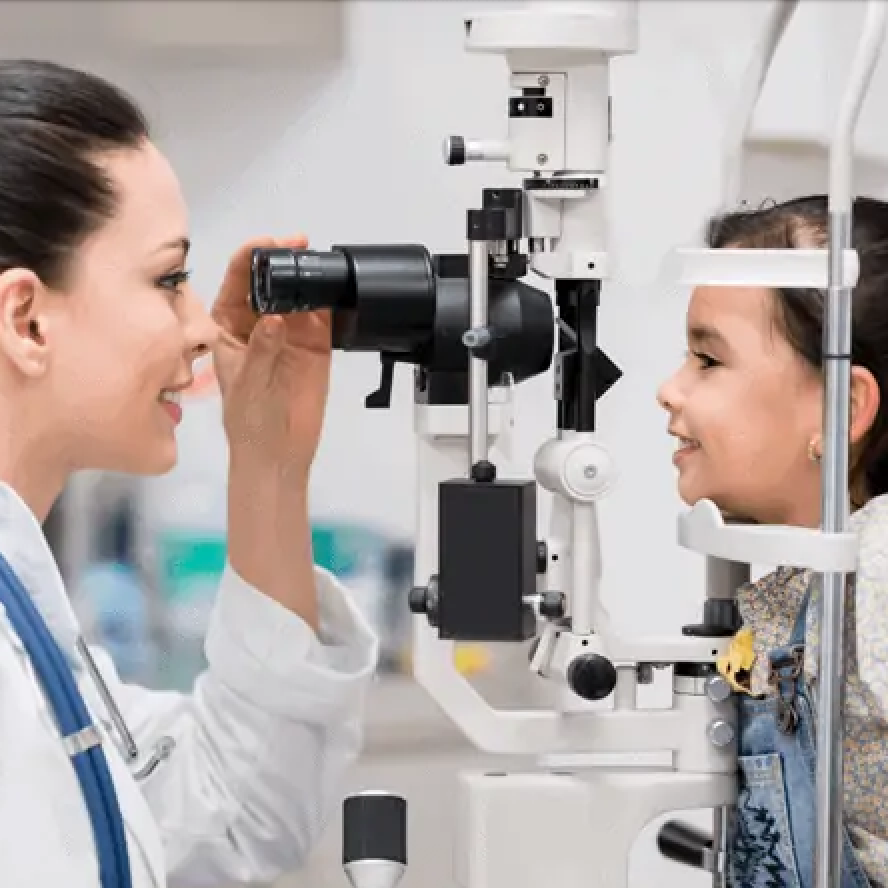
Is your child's prescription frequently changing?
Myopia is so much more than an inconvenience.
Studies show that children with myopia increase their risk of developing potentially sight-threatening eye conditions later in life.
Our dedicated and highly skilled eye doctors offer solutions to stop or slow your child's myopia progression.
Offer your child a brighter future by contacting us at Eye Center of Houston in Westside today.

How Myopia Management Works
-
Initial consultation & follow ups
At your initial consultation, your Eye Center of Houston eye doctor will determine the optimal myopia treatment and will schedule follow up meetings to ensure myopia progression has slowed down.
-
Customized treatment plan
Our practice uses advanced equipment to develop a personalized treatment plan for your child.
-
Advanced treatment methods
Non-invasive myopia treatments include customized contact lenses and/or special prescription eye drops.
-
Change in myopia progression
Data shows a 78% decrease in the progression of their myopia vs. no treatment.
Myopia Management FAQs
Myopia management uses certain treatments and technologies to slow or even halt your child's myopia progression. Our myopia control program in Westside is unique as we have the latest technology and experience to ensure your child's vision remains stable and healthy for years to come.
Myopia is more than just poor vision. Childhood myopia raises the risk of developing sight-threatening eye diseases later in life, such as glaucoma, macular degeneration, and cataracts. Speak to your eye doctor about the best ways to minimize your child’s risk.
Myopia can begin as early as 6 and will usually progress until roughly age 20. The longer it progresses, and the higher the prescription, the greater your child’s risk of sight-threatening eye conditions later in life.
For optimal results, myopia management should be started as soon as possible. That said, myopia control can help children and teens of all ages.
Meet our Myopia Management Specialist
Myopia Management in Westside

Meet our Eye Doctors

- Monday 9:00 am - 6:00 pm
- Tuesday 9:00 am - 6:00 pm
- Wednesday 9:00 am - 6:00 pm
- Thursday 9:00 am - 6:00 pm
- Friday 9:00 am - 6:00 pm
- Saturday 9:00 am - 4:00 pm
- Sunday Closed
- VSP
- Medicare
- United Healthcare
- Aetna
- Spectera
- Superior Vision
- Medicaid
- EyeMed
- Blue Cross
- Care Credit
- MetLife
- Envolve Benefits Options


